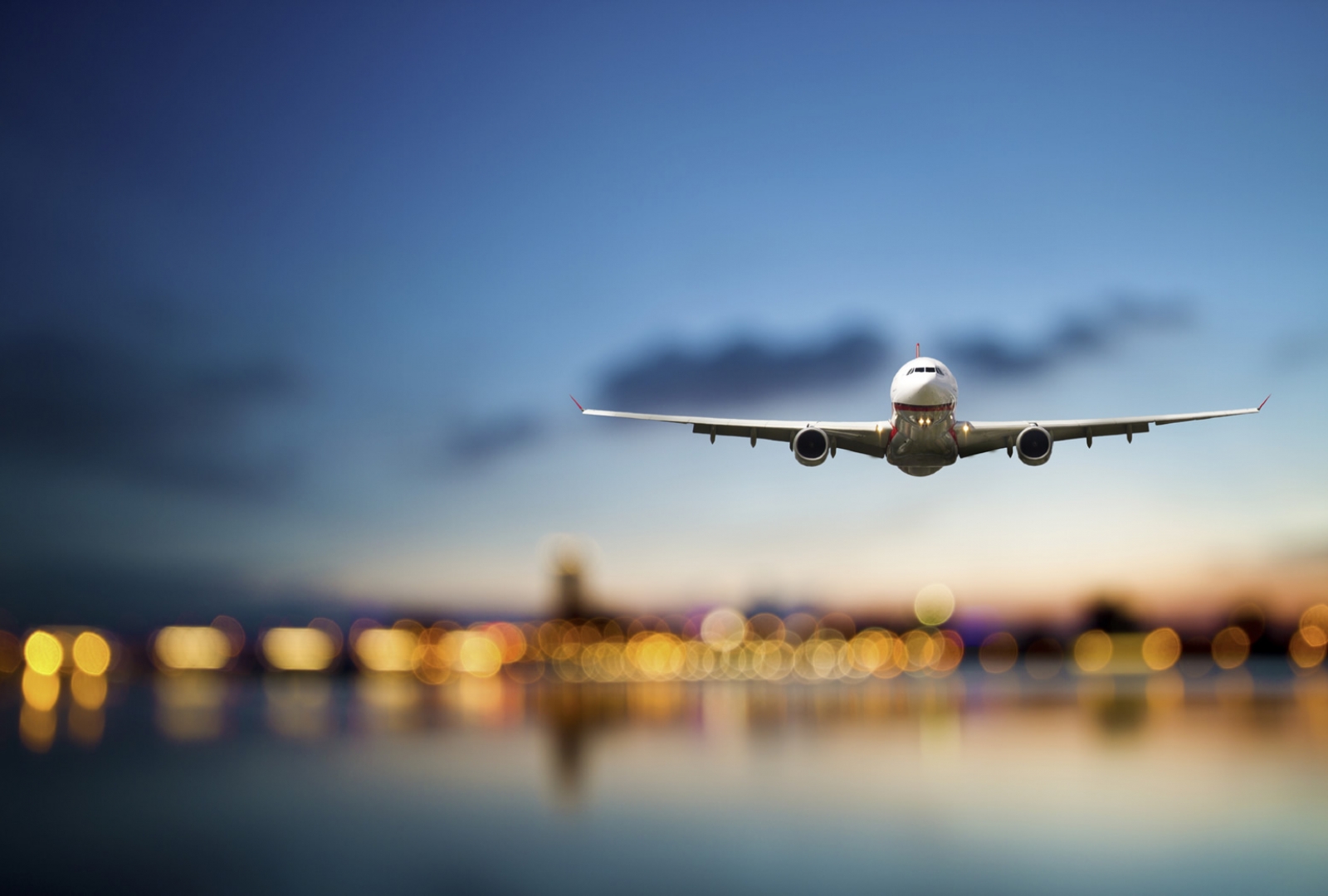3 Surprising Things You Didn’t Know about the Aviation Industry
 Every industry has its secrets, and the aviation industry is no exception. Planes are complicated and expensive pieces of machinery, and that means airlines need complicated business plans to be able to afford and use them. The airlines don’t always advertise the little details about their operations, so there are plenty of things that can surprise fliers who haven’t done their research before they step onto the plane.
Every industry has its secrets, and the aviation industry is no exception. Planes are complicated and expensive pieces of machinery, and that means airlines need complicated business plans to be able to afford and use them. The airlines don’t always advertise the little details about their operations, so there are plenty of things that can surprise fliers who haven’t done their research before they step onto the plane.
Planes Often Fly Empty
It’s expensive to keep a plane in the air. According to Inventory Locator Service, Fuel costs alone mean that planes need to choose their routes carefully, and all the maintenance costs and salaries for specialized workers can add up. With costs like that, airlines need to make sure that every mile counts, which is why they go to so much trouble to fill empty seats. It might seem strange to think about planes flying empty when they are so desperate to make money, but it happens more often than people expect.
There are a lot of different reasons to keep an empty plane in the air. It usually happens when a plane lands in a place that few people want to leave. The plane still needs to make the return trip to be in place for the next flight, but there simply aren’t any people to make the flight back. In addition to these position flights, some planes fly empty as part of complicated shipping schemes to provide emergency coverage. It gets expensive, but it’s worth it for some companies that want to make sure they have all of their bases covered in case something goes wrong with their normal planes.
Hijacking Is Rare
People who are worried about flying are often afraid of their plane getting hijacked. It’s especially common for people to believe that hijackings are getting more and more common now that terrorism is accepted as a major security threat. Like most common fears, the concerns about aircraft hijacking owe more to the media than they do to statistics.
While it’s true that hijackings do happen, the frequency has gone down in the past couple of decades. The golden age of aircraft hijacking ran from 1968 to 1979, a time when hijackings were both fairly common and relatively safe. The hijackers at the time rarely intended to use the plane for any sort of attack. They usually wanted to make the plane take a trip to Cuba, which was otherwise difficult for many of them to access. Attacks have gotten significantly less common since that period ended, which has helped make them more prominent in the news simply because they are more unusual. Airlines and governments simply learned how to deal with them and introduced security measures that made the process much more difficult, such as secured cockpits and concealed air marshals. This sort of attack can still happen, but the risk is minimal and it is lower now than it has been in years.
Planes Can Be Full of Bacteria
Planes are large, pressurized tubes that are full of people in close proximity. That is a breeding ground for disease, so airlines do what they can to make them as clean as possible. Unfortunately, nobody can wipe out all of the bacteria on a plane between flights, and even if they could, every set of new passengers would offer dozens of new chances for infection.
Naturally, some places are easier to clean or get more attention than others. Most people assume that the toilets are the worst offenders, but they get a lot of attention from the cleaning staff. One small study found that table trays hold more bacteria than any other part of the plane. Toilet flush buttons do get an honorable mention of the list, as do overhead air vents. Passengers who are sick can avoid contributing to the problem by wearing a face mask to avoid spreading bacteria when they sneeze and by washing their hands thoroughly when they get the opportunity.

















